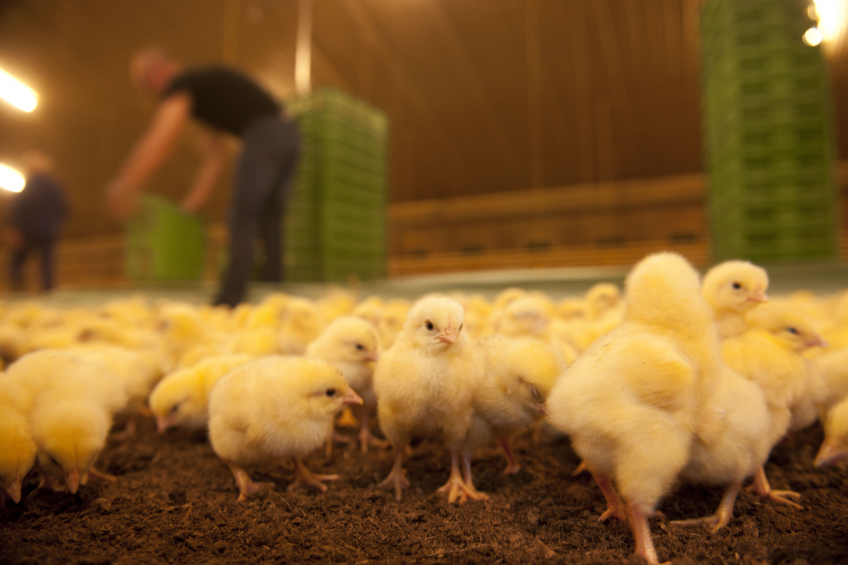High tech tools to fight bird flu

The Food and Agricultural Organisation of the United Nations (FAO) and the SIB Swiss Institute of Bioinformatics team up to develop high tech tools to fight bird flu and other infectious diseases. Working closely with FAO, SIB experts have developed tools to improve early detection and fast alert systems to prevent and respond to transboundary disease emergencies in poultry or livestock.
FAO has chosen the SIB Swiss Institute of Bioinformatics as a designated reference centre to expand its access to state-of the-art technology in combating dangerous viral infections, including avian influenza and foot-and-mouth disease, in farm animals and wildlife. The SIB is equipped with high performance computers, software, databases and a knowledgebase used for screening and monitoring zoonotic diseases. These, like avian influenza, also known as bird flu, strike animals but can also be transmitted to humans.
Improve early detection
Working closely with FAO, SIB experts have developed tools to improve early detection and fast alert systems to prevent and respond to transboundary disease emergencies in poultry or livestock. “The new technology helps us understand biological threats in order to help countries better prevent, respond and ultimately protect the health of humans, animals and the environment,” said FAO’s Chief Veterinary Officer, Juan Lubroth.
Bioinformatics
SIB specializes in bioinformatics, a relatively new science which employs computer technology to study biological data. Scientists use bioinformatics to gather, process and analyse information on the genomes of pathogens – the genetic material peculiar to specific micro-organisms, such as viruses, bacteria and fungi that cause diseases in their hosts. This lets them compare genomes, understand protein structures, and identify how diseases work at the molecular level. Such information enables scientists to develop new drugs and targeted treatments as well as improve the effectiveness of existing medicines.
The new technologies play an important role in understanding the nature and dynamics of biological threats, and FAO, in collaboration with SIB, has developed online e-learning courses on bioinformatics in viral pathogens that can help laboratory technicians, physicians, veterinarians and researchers around the world improve their work while increasing access to this emerging field of competence.
Sharing vital knowledge
SIB’s database feeds information into FAO’s Global Animal Disease Information System (EMPRES-i), the web-based application that supports veterinary services access regional and global disease information. In particular SIB’s databases on OpenFlu – already linked to EMPRES-i and combining virological and epidemiological information – and OpenFMD, provide resources on influenza and foot-and-mouth viruses respectively. This will help scientists in developing countries contribute directly to the global knowledge base on these diseases and properly assess the risk posed to their countries.
Future joint initiatives include a genetic module for Rift Valley fever – a viral disease that is potentially devastating to livestock and can also be transmitted to humans – peste des petits ruminants, and African swine fever.
Join 31,000+ subscribers
Subscribe to our newsletter to stay updated about all the need-to-know content in the poultry sector, three times a week. Beheer
Beheer











 WP Admin
WP Admin  Bewerk bericht
Bewerk bericht